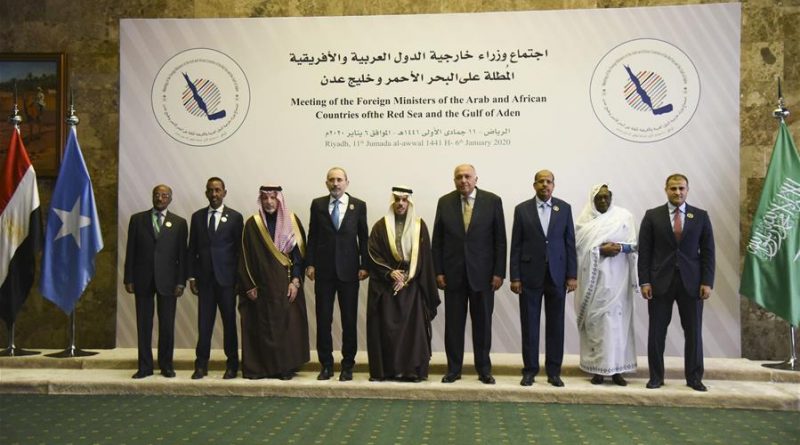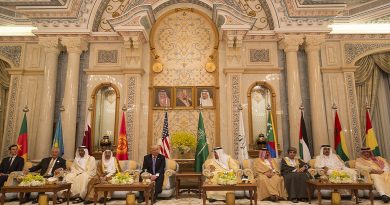The Red Sea Council: Some Reflections
On January 6, a treaty for the formation of the Council of the Arab and African Countries of the Red Sea and the Gulf of Aden, or colloquially the Red Sea Council, was signed. Composed of eight countries, Saudi Arabia, Djibouti, Egypt, Eritrea, Jordan, Somalia, Sudan, and Yemen, the Council came into being following discussions since 2018 which were largely hosted by Saudi Arabia. In itself a significant development bringing together countries from both sides of the Red Sea, the idea about the Council emerged in the context of intensifying relations between the major powers of the Arabian Peninsula and states in the Horn of Africa.
The initiative, headed by Saudi Arabia, seeks to provide a forum for the Arabian Peninsula and the African littoral states discussing matters related to the Red Sea. The Red Sea is strategically important for Riyadh, which seeks to protect its interests against its regional rivals, mainly Tehran, Ankara, and Doha. Geopolitically crucial, the Red Sea and the Gulf of Aden host some of the world’s most important shipping lanes. Through the Council, Saudi Arabia aspires to deepen regional cooperation among its partners in the Red Sea region in order to ensure stability. Through financial provisions, investments, and economic development it aspires to maintain the littoral states in its sphere of influence and to minimize the interference of its rivals.
However, given the turbulent political and economic environment in the Horn of Africa, keeping other external influence away from the sub-region is difficult. In addition, the exclusion of key players in the Horn of Africa, Ethiopia and Somaliland, which are significant stakeholders in Red Sea affairs, is a glaring shortcoming of the Council. The fact that these important players do not form part of the Council shows that the political dynamics in the Horn of Africa are too complex to allow any single foreign power to gain a fully dominant position.
Generally, the governments of the Horn are used to utilizing their foreign relations for domestic consolidation and are likely to consider the Red Sea Council a possibility to advance their economic interests while loosely aligning themselves with Saudi Arabia. This situation may change rather abruptly as can be seen with the developments leading to the Saudi-led coalition’s military intervention in Yemen in 2015. Seemingly, there is a coming together of interests between Saudi Arabia and the littoral states in the Horn, but this may change when the alliance with Saudi Arabia is no longer useful for maintaining the Horn government’s strength domestically. It is also likely that forming part of the Red Sea Council will not prevent the littoral states to pursue relations with other states, including Saudi Arabia’s rivals. For example, this is the case with Somalia which has continued to maintain a good relationship with Turkey and Qatar.
In the end, while being a commendable forum for addressing issues related to the Red Sea, the Council is largely seen as a manifestation of Saudi Arabia’s effort to exert control in its neighborhood. It may result in some success as long as Saudi Arabia is able to provide resources for the Red Sea littoral states, and continues to convince them of a sufficient level of synergy of interests.
For Further Reading
Arab News, “Council of Red Sea and Gulf of Aden to play critical role”.
The National, “Red Sea and Gulf of Aden border countries form council”.
RFI, “New Red Sea alliance launched by Saudi Arabia, but excludes key players”.
Photo by Xinhua.net / all rights reserved
![]() This work is licensed under a Creative Commons Attribution-NonCommercial-ShareAlike 4.0 International License.
This work is licensed under a Creative Commons Attribution-NonCommercial-ShareAlike 4.0 International License.




